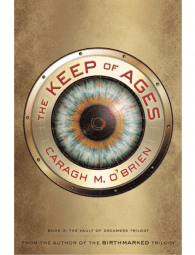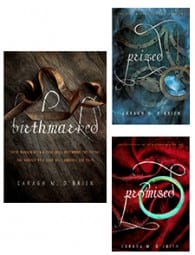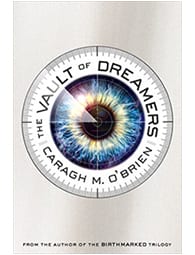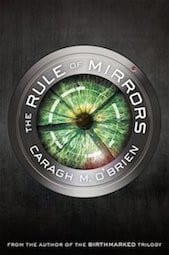More Feels!

He was as happy as stone. (Or, how emotional writing doesn’t always work.)
When my brilliant sister Nancy O’Brien Wagner gave me feedback on a recent draft of The Rule of Mirrors, she keyed in on certain moments and wrote “More emotion!” in the margins. This is hugely helpful to me, but it does not involve an easy fix, like adding more tears or labeling that my characters are passionate, angry or relieved. Saying “She felt so happy!” only goes so far.
The challenge with writing emotional scenes is that I’m trying to evoke emotions in the reader at a time when the characters rarely have the opportunity to sit back and reflect on how they’re feeling. I don’t find it useful to explain emotions in fiction, at least not in a moment of high feeling. Ironically, taking a sentence to do so can slow the pace and actually diminish the emotional impact on the reader. Then again, if I leave out too many cues for how the character is feeling, then the emotion is ambiguous, and that doesn’t work, either.
So, when my sister pinpoints that a scene needs more emotion, what do I do? It depends. I check to see what action, dialogue, sensory detail, or new information is evoking the emotions. Then I put my head in the character’s mind and try to read the scene up tempo, at the pace the character is living it. At that point, I try to determine exactly what I’m feeling, what made me feel that way, and if I can heighten that emotion with a tweak.
For example, if an adult character says something to a girl character that is patently hurtful, I first trust that the reader recognizes it is hurtful. Then I have a choice. I can say that my character is hurt, but that’s probably emotionally redundant and bad for pacing, so usually I won’t do that. Instead, my character can retaliate with her own bit of spitfire dialogue, which will convey that she’s converted her hurt into anger and keep the scene moving the fastest; she can have a physical, visceral reaction, like a cringe or a wince, but that can get repetitive; she can draw out the silence to let the adult realize what an awful thing he said, which I can convey by inserting some small, audible detail; or I can mask her pain by having her do something very calm right before she kills him.
The point is, we have choices for how to convey emotion. It’s a good writing skill to work on, and I’m getting lots of practice.













Thank you so much for writing this post! I want to be a YA Fiction editir and this helps me immensely! If you ever need another Beta reader I’d love to be considered. I’ve beta read for other YA authors in the past and am beginning college this fall to earn English degree. Any experience I can gain in the YA Fiction editing fielde is extremely appreciated.
Ya_reader_ ~ What a kind offer! I’m not in need of a beta reader at the moment, but I appreciate your willingness. I hope your English program at college includes a creative writing class because you could gain valuable editing practice in a workshop setting. You’re in a great position having a clear career goal already, and I’m sure you’ll be a top-notch editor. Good luck!
All best,
Caragh